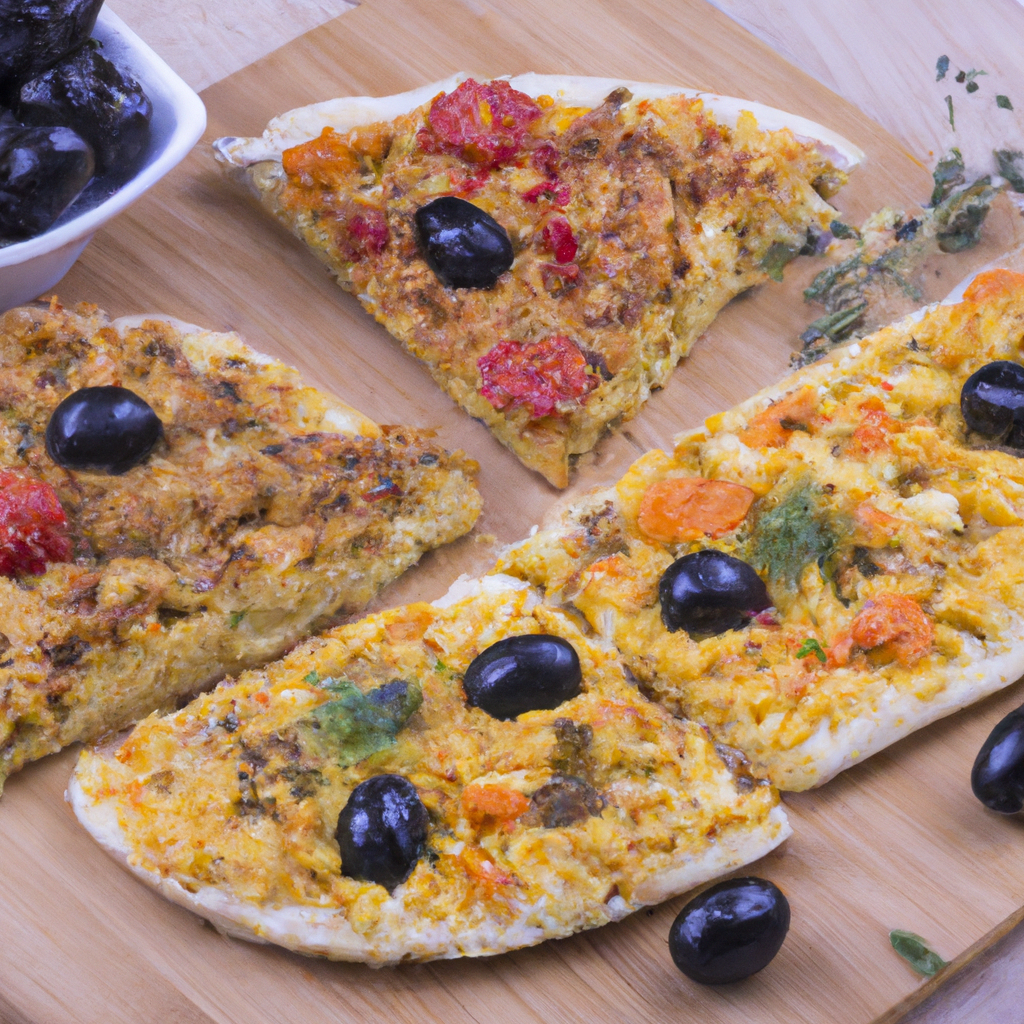Baked

Have you ever wondered why baked goods taste so delicious? Whether it’s a classic chocolate chip cookie, a warm loaf of bread, or a flaky pastry, there’s something about baked goods that truly satisfies the taste buds. In this blog post, we’ll dive into the art of baking and explore what makes it so special.
Baking is a culinary technique that involves using dry heat to cook food. While there are various methods of cooking, such as frying or grilling, baking has its unique charm. It requires precision, patience, and a certain level of science that sets it apart from other cooking techniques. The process of baking involves the transformation of raw ingredients into a delicious treat through a combination of heat and chemical reactions.
Let’s start with the ingredients. Baked goods typically consist of basic components such as flour, sugar, eggs, butter, and leavening agents like yeast or baking powder. Each ingredient plays a crucial role in the final product. Flour, for example, provides structure and stability to baked goods, while sugar adds sweetness and helps with browning. Eggs contribute moisture and richness, while butter adds flavor and helps with the texture. And leavening agents are responsible for the rise of the dough or batter.
Once the ingredients are combined, the real magic happens in the oven. Baking requires a carefully controlled temperature, usually around 350 to 375 degrees Fahrenheit. The heat causes the water content in the dough or batter to evaporate, creating steam that expands the mixture. This expansion, combined with the leavening agents, leads to the rise of the baked goods. The oven also promotes browning through the Maillard reaction, a chemical reaction between amino acids and sugars that gives baked goods their appealing golden color and distinct flavor.
Timing is crucial in baking. Each recipe specifies a certain baking time to ensure that the baked goods are cooked through without becoming overdone or burnt. Undercooking may result in a gooey or raw center, while overcooking can lead to a dry and crumbly product. Achieving the perfect balance requires practice and attention to detail.
Another important aspect of baking is the art of flavoring. While the basic ingredients provide a solid foundation, bakers often add additional flavors through the use of spices, extracts, fruits, or nuts. These additions enhance the taste and make each baked good unique. Chocolate chips, for example, can turn a plain cookie into a rich and indulgent treat, while cinnamon can add warmth and depth to a loaf of bread.
Baking is not only about the end result but also about the process itself. The act of baking can be therapeutic and satisfying. The aroma of freshly baked goods wafting through the kitchen, the tactile experience of kneading dough or shaping cookies, and the joy of sharing the final product with loved ones – all contribute to the pleasure of baking.
In conclusion, baking is a culinary art that combines science, skill, and creativity to create delectable treats. From the careful selection of ingredients to the precise timing and temperature in the oven, each step contributes to the final product. Baked goods have a special place in our hearts and taste buds, providing comfort, joy, and a sense of nostalgia. So the next time you savor a warm chocolate chip cookie or enjoy a slice of freshly baked bread, take a moment to appreciate the craftsmanship and love that goes into every bite.